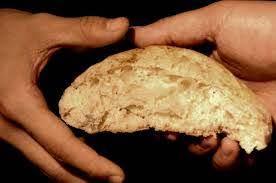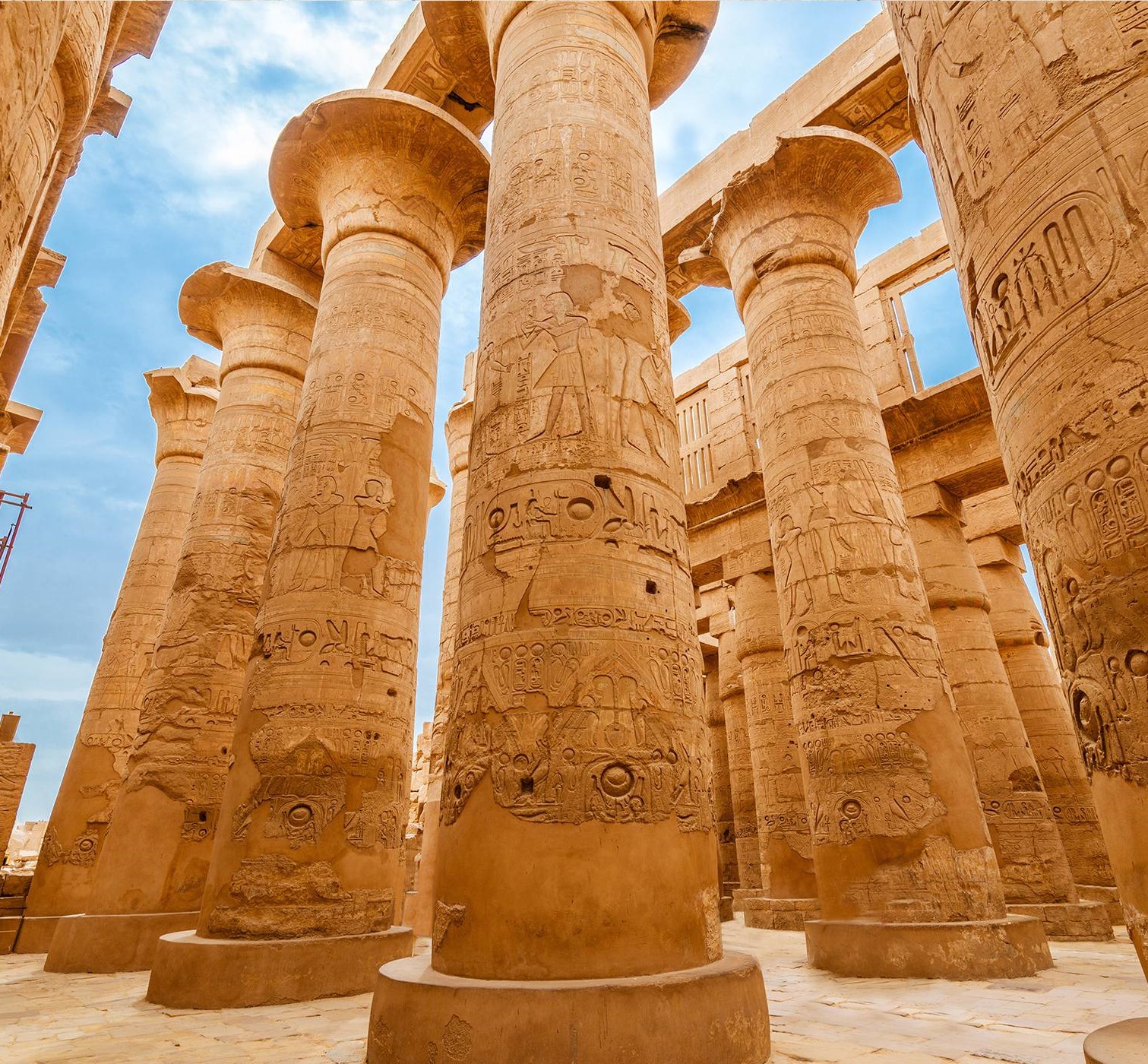In his life Jesus was always wanting us to be healed at the place of our deepest pain. I see it in our gospel reading for Sunday.* A man with an unclean spirit cries out to Jesus, “What have you to do with us, Jesus of Nazareth? Have you come to destroy us? I know who you are—the Holy One of God.” Jesus admonishes the notion of a God who wants destruction. With clear inner authority he literally calls out what is separating the man from knowing God as loving and merciful and the truth of his belovedness.
The setting is interesting – a house of worship. This begs the question: What is being taught and demonstrated in our synagogues, churches, mosques, and temples today? Do our creeds and policies, our prayers and relationships, our sermons and studies, our activities inside and outside the doors of the sanctuaries call forth love and mercy?
Are we helping each other acknowledge and heal from the deep hurt, loss, brokenness, loneliness, shame, and fear dismembering us from our better selves and each other?
Thinking back now I am grateful for my growing up Catholic years where there was no question whether we would go to church on Sunday. Every week we would show up to the Eucharistic table of God’s unbounded love and mercy and declare, “I am not worthy to receive you, but only say the word and I shall be healed [my emphasis].”
Today in the small ecumenical church at Dayspring I continue in that vein. Week after week, present to each other in our need, we listen for the one true authority who desires our deepest healing. We break bread together and pray to be bearers of Christ’s reconciling presence and saving grace.
-Trish Stefanik, Overlook Retreat House at Dayspring
For Further Reflection
I recommend engaging with Francis Weller. From his book, The Wild Edge of Sorrow: Rituals of Renewal and the Sacred Work of Grief: “Bringing grief and death out of the shadows is our spiritual responsibility, our sacred duty. By so doing, we may be able to feel our desire for life once again and remember who we are, where we belong, and what is sacred.”






